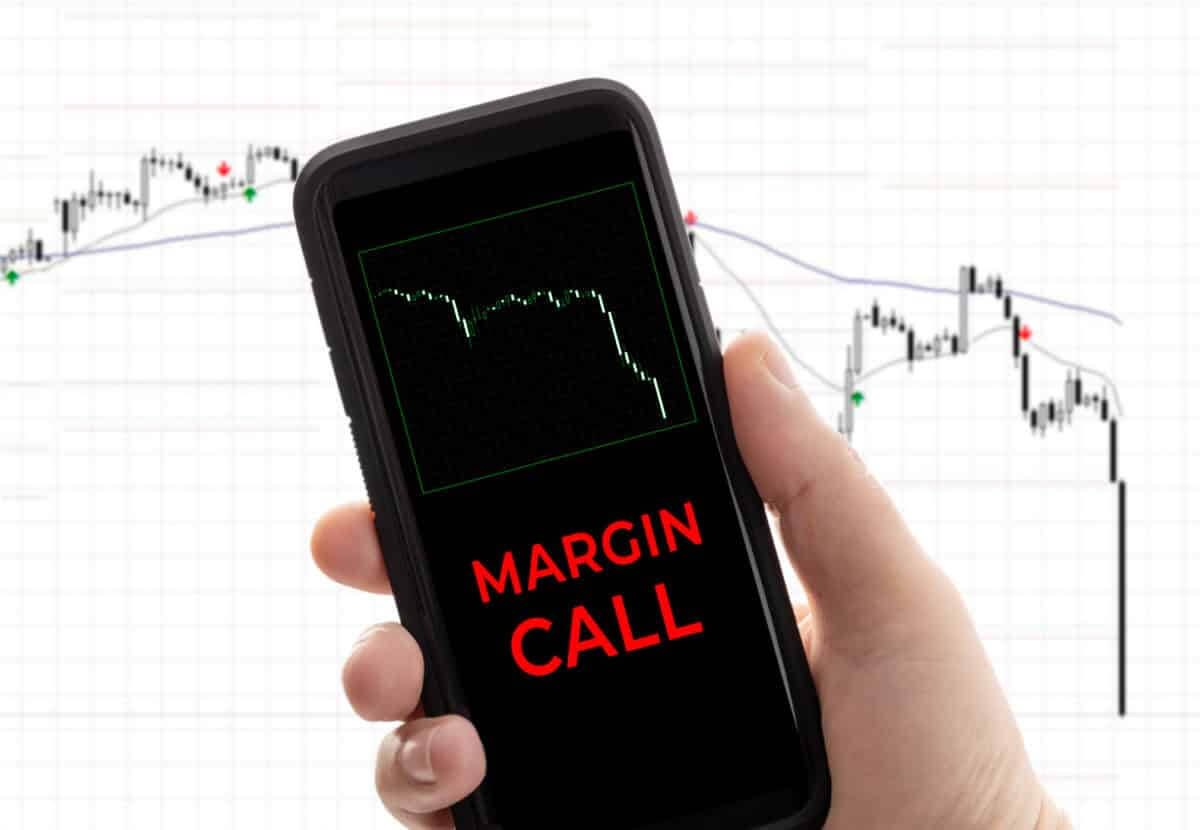
What is Margin Call? – Everything You Need to Know
Any move in the trading field is risky. Caution is a necessity when it comes to monetary resources. Have you heard anything about Margin Call? We think if you are particularly risky, this topic may be interesting and helpful for you. What does Margin Call mean, and what role does it play in trading? Let’s dive in.
The Meaning of a Margin Call
Margin is when the value of the investor’s margin account falls below the required amount of the broker. The investor margin report contains bonds purchased with the borrowed fund. It is usually borrowed from the investor’s broker and combines the investor’s own money. Margin call refers explicitly to a broker’s requirement that the investor deposit securities or additional money into the account to bring it to a minimum value as a maintenance margin.
Margin calls usually indicate that one or more securities on the margin account have declined. When a margin call is formed, the investor must either stake marginal securities in the record or further money or sell some of the assets in their history. When an investor acquisition and sells bonds of his funds with a mix of cash borrowed from a broker, this is named margin buying. The investor’s piece in the investment is matched to the market amount of the bonds less the number of money borrowed from their broker.
A margin call arises when the investor’s equity drops down a specific appeal rate. Suppose the investor cannot pay the amount needed to reach their portfolio value maintenance margin. In that case, the broker may have to liquidate the securities on the account in the market. The NYSE and FINRA regulators require most securities firms operating in the US for investors to keep at least 25% of the total value of their securities. Some brokerage firms need higher technical requirements, such as 30% to 40%. It is worth noting that prices and rates by margin call depend on both the shares involved and the margin maintenance percentage.
Margin Call Example
In most cases, the investor can calculate the exact price at which the stock should fall to activate the margin call. This happens when the account equity or value equals the maintenance margin requirement.
Account cost = marginal loan / (1 – MMR)
For example, an investor starts a margin account with $5,000 of his private money and a margin loan of $5,000 rented from a brokerage company. They buy shares of 200 shares at a margin of $50. With a regulation that regulates the amount of credit and brokerage dealers and firms can offer clients to buy securities, the investor can borrow up to 50% of the purchase price. Consider that this investor’s broker’s supply margin concern is 30%. $10,000 worth of stocks in the investor’s account. In this case, the margin call will be energized when the account amount dips below $7,142.86. (Margin loan $5,000/(1 – 0.30), equating to a stock price of $35.71.
Using this example, we can say that this investor’s stock price is falling from $50 to $35. Their account is now worth $7,000, which means their account capital is only $2,000. However, the account capital of $2,000 is now below $2,100 MMR. This will trigger a $100 margin call.
In this plot, the investor has several choices to accurate the margin loss of $100:
- Deposit $100 cash into your margin account.
- Drop $142.86 marginal bonds into their margin profile, which will rebound their account amount to $7,142.86. While 100% of the cash can be used to correct the margin deficit, only 70% of the value of the securities can be used for it.
- Destruction of stocks priced at $333.33, usage the earnings to cut the margin loan; At the recent market value of $35, it comes out to 9.52 stocks, which is about 10 shares.
Conclusion
If the margin call is not answered, the broker can close any open position to return the account to the minimum value. They can do this without the consent of the investor. This means that the broker has the right to sell any stock in the required amount. In addition, the broker can also charge the investor a fee for the transaction.
It is worth noting that trading stocks with a margin are riskier than buying stocks without a margin. This is because trading stocks on the margin is like using debt. The most significant risk of margin trading is that investors can make more than invested. So careful steps are essential.
-
Support
-
Platform
-
Spread
-
Trading Instrument




